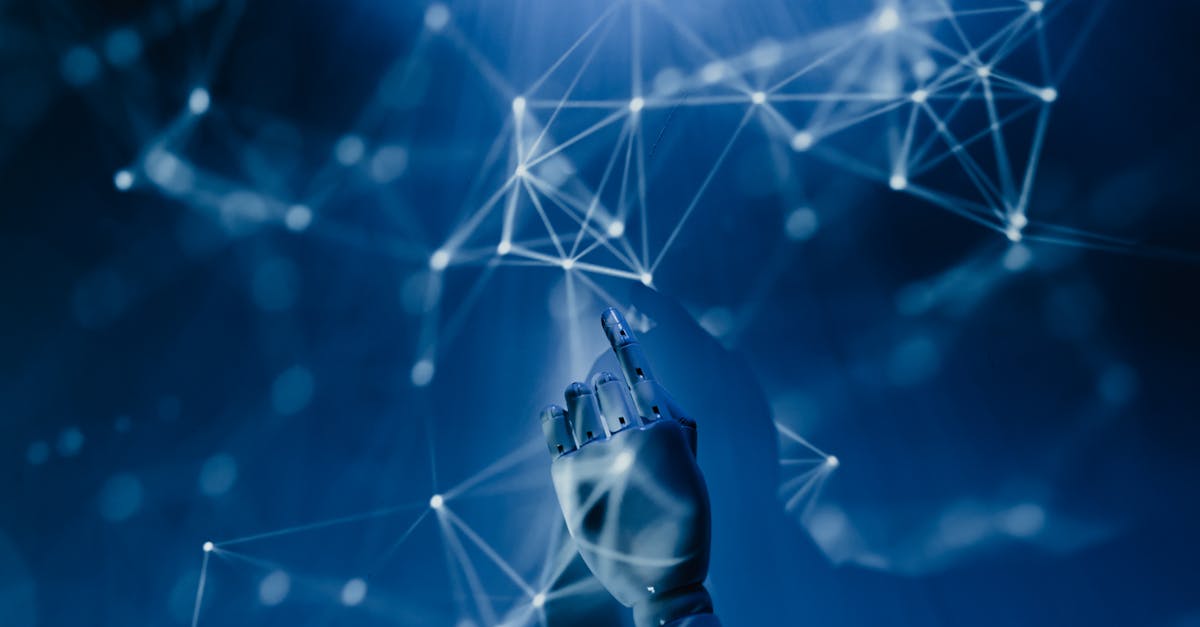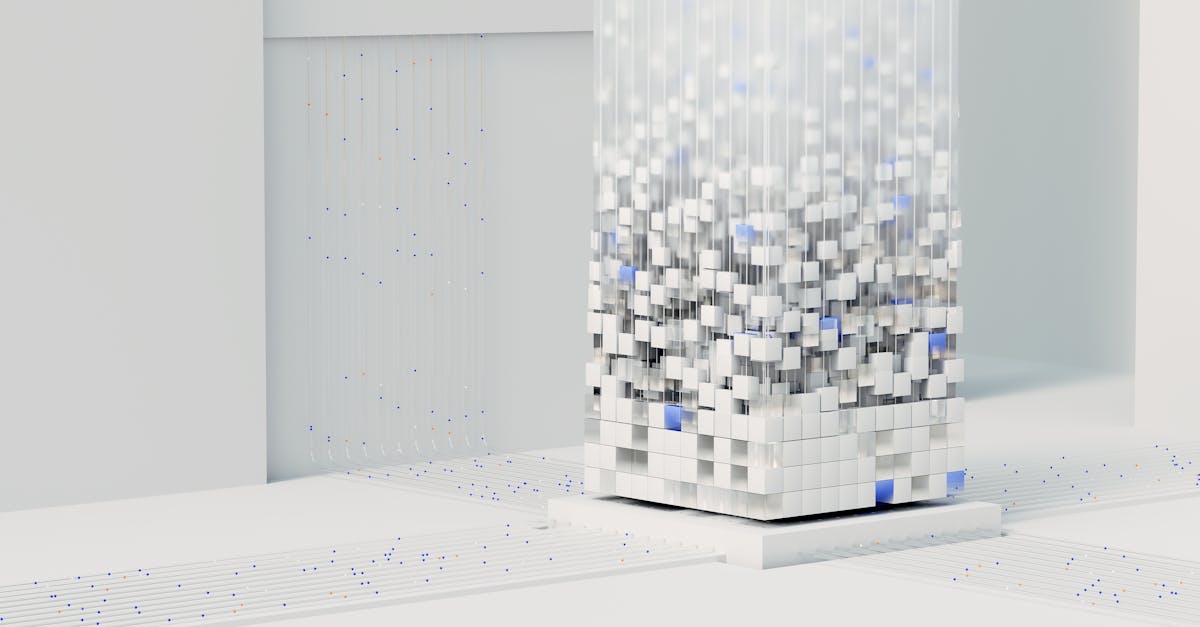Understanding AI-Powered Vocal Removal from Tracks
Introduction
Music production has undergone a digital revolution over the past few years, and at the forefront of this transformation is AI technology. One of the most intriguing innovations in this sphere is the AI vocal remover. This powerful tool allows users to extract vocals from tracks, creating an instrumental version for remixing and other creative endeavors. As AI continues to evolve, musicians and producers gain access to precise and efficient solutions that were once labor-intensive. But what exactly is an AI vocal remover, how does it function, and who stands to benefit from its capabilities? These questions represent the heart of our exploration into the world of AI-assisted music.
Advertisement
What is an AI Vocal Remover?
An AI vocal remover is a software tool that leverages artificial intelligence to isolate and remove vocal elements from a music track. Using advanced algorithms, it separates vocals from instrumentals, creating a clean background track. Traditionally, this process required manual audio editing or elaborate filtering techniques, often yielding imperfect results. The AI technology advanced to be accurate and user-friendly, making it accessible to professionals and hobbyists alike. This innovation is transforming how musicians approach remixing, karaoke, and even scoring films.
Advertisement
The Technology Behind Vocal Removal
At the core of AI-powered vocal removal is machine learning, particularly a branch called deep learning. These systems are trained using vast datasets consisting of varied music samples, learning to identify complex patterns within audio signals. Convolutional neural networks (CNNs), commonly associated with image recognition, are adapted to process spectrograms—visual representations of audio frequencies over time. This approach allows the AI to "see" and differentiate vocals from other sound components with impressive accuracy. Not only does this technology improve speed, but it also enhances the quality of the vocal removal process considerably.
Advertisement
Applications in Music Production
AI vocal remover tools open a wealth of opportunities within the music industry. Producers can now create high-quality instrumental tracks with ease, paving the way for remixes, mashups, and karaoke versions without the need for original session files. DJs utilize these tracks to craft unique live performances by overlaying various instrumentals or mixing in original vocals. Additionally, artists use these tools to explore new creative expressions by reimagining tracks or featuring vocals in unexpected ways. With this technology, the boundaries of traditional music production continue to expand.
Advertisement
Benefits for Content Creators
Content creation is another arena where AI vocal removal shines. Video producers often seek clean audio tracks to couple with visuals in advertisements, vlogs, and cinematic projects. The ability to customize soundscapes or add unique background scores while preserving the content’s intent enhances the storytelling process. By efficiently separating vocals, creators can maintain flexibility throughout post-production, ensuring their final product resonates correctly with audiences. Offering an enhanced auditory experience is invaluable in today’s content-saturated market.
Advertisement
Impacts on Music Education and Learning
AI vocal remover technology arms educators with new tools to enhance learning experiences. Music students can practice alongside pristine instrumental versions of their favored songs, honing skills without the distraction of vocals. Likewise, it gives educators the flexibility to engage students in vocal analysis, critical listening exercises, and arranging tasks. This interactive approach fosters a deeper understanding of both music theory and performance. Educational methodologies continue to evolve with the advent of AI, making the study of music more accessible and immersive.
Advertisement
Challenges and Limitations
Despite its impressive capabilities, AI vocal removal technology does have limitations. Tracks with heavily layered sounds may present extraction challenges, causing some bleed of residual vocals or instrumentals. The effectiveness also varies with the audio file’s quality; tracks with poor recordings might require further manual refinement. Additionally, the quality of the output is often dependent on the sophistication of the specific AI tool being used. Users should research and choose reliable software for optimal results, keeping these considerations in mind.
Advertisement
Future Developments
The future of AI vocal remover technology is promising, with ongoing advancements bolstering its power and precision. Continuous improvements in AI algorithms aim to overcome challenges like sound leakage and improve separation quality. In the coming years, these tools might integrate with more sophisticated digital audio workstations, becoming an ubiquitous feature in music production suites. The integration of real-time processing and user-friendly interfaces further increases accessibility, broadening the range of possibilities for amateur creatives and seasoned professionals alike.
Advertisement
Ethical Considerations
As with any powerful tool, ethical considerations surrounding AI vocal removers necessitate careful contemplation. Misuse, such as unauthorized sampling or remixing, can infringe on intellectual property rights. It is crucial for users to respect copyright laws, ensuring appropriate permissions are sought when using original works. Industry professionals are actively discussing guidelines and best practices to responsibly harness the potential of this technology. Encouraging ethical behavior helps nurture collaborative and creative environments, while shielding artists’ rights.
Advertisement
Conclusion
AI vocal remover technology is revolutionizing various facets of the music industry. Advancements in machine learning are providing more accessible, accurate, and efficient methods for separating vocals from instrumentals. From transforming music production processes and enhancing content creation to boosting educational opportunities, its benefits span wide and varied audiences. However, users must be cognizant of limitations and ethical implications to avoid potential pitfalls. As the technology evolves, the resources and possibilities for creating and manipulating music continue to flourish, undoubtedly reshaping how we perceive sound in the modern world.
Advertisement
